Call of the Sea is the first game from fledgling Spanish studio Out of the Blue Games, which made it something of a surprise when the first-person puzzle adventure featured prominently at the first Xbox Games Showcase for Series X|S earlier this year.
Microsoft seemed to be throwing its support behind an untested collective of (admittedly veteran) developers, specialising in niche narrative and puzzle games. It turns out that the gamble paid off as Call of the Sea is a dazzling next-gen showcase. At least visually.
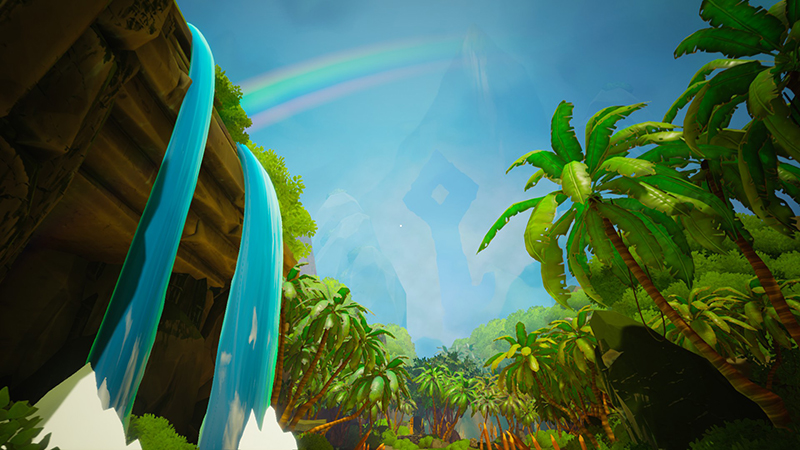
Very little online footage does the beauty of Call of the Sea justice. With an aesthetic that’s two steps into cartoony stylisation, the game is sumptuous and striking. Its use of vivid colour stands out in particular, while light and water effects layer up the atmosphere to the point that you can practically feel the cool stone and streaming water prevalent throughout the game. Modelled in Unreal Engine 4, Call of the Sea’s Pacific island setting is tropical and inviting – unexpected for a game that draws heavily on H.P. Lovecraft’s Cthulhu Mythos.
Despite its inspiration (there are liberal Lovecraft references throughout the game), Call of the Sea is not a horror game. There are the expected elements of death, darkness and the descent into madness, but they’re sidelined as part of past events that you uncover as you explore the island. Taking place largely under clear open skies, Call of the Sea is a refreshing departure from the usual gloomy and oppressive tales involving Eldritch abominations.
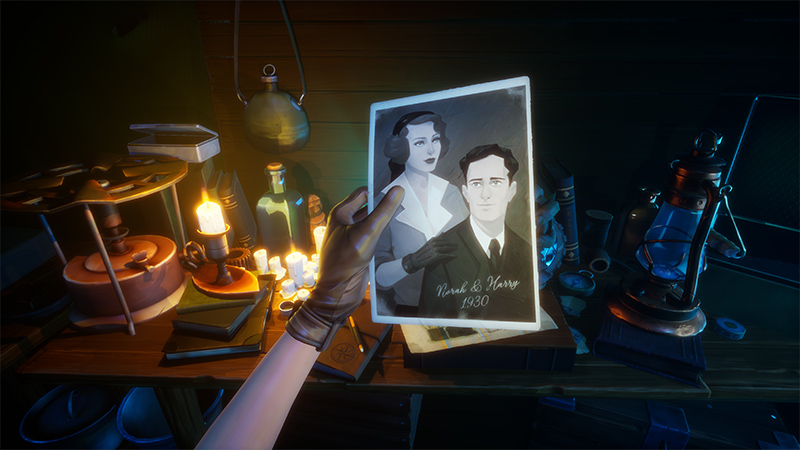
Billed as an otherworldly adventure, in Call of the Sea you play as mild-mannered art teacher Norah Everheart, who resolves to find her missing archaeologist husband, Harry. Her quest forces her to put aside her ill health, and takes her to a nameless Polynesian island where Harry’s expedition vanished.
Call of the Sea is essentially one part leisurely walking sim, and one part traditional puzzle adventure, as Norah must piece together what happened to Harry and his colleagues. This objective dovetails with uncovering the ancient secrets of the island and its lost, technologically advanced civilisation.
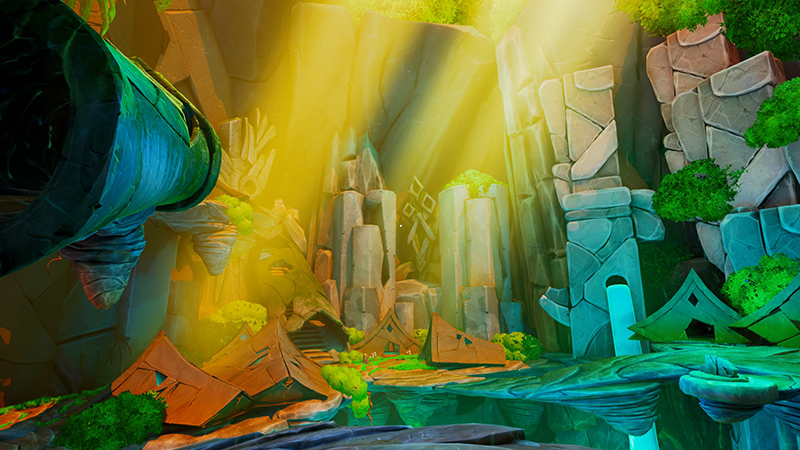
Call of the Sea is an engrossing mystery that clearly strives to create as immersive an environment as possible to hook you in. The graphics have already been discussed, but the game also benefits from top-notch sound design.
What does hurt the sense of immersion are some of the puzzles. Call of the Sea is brutally difficult at times, to the point that frustration overwhelms the goodwill that the game has worked so hard to generate. The challenge curve ramps up significantly with each level, which is expected. However, while the game starts and ends with a diversity of puzzles that allow your brain to switch gears, there is a middle portion of back-to-back code-cracking trials that demoralise with their obtuseness.
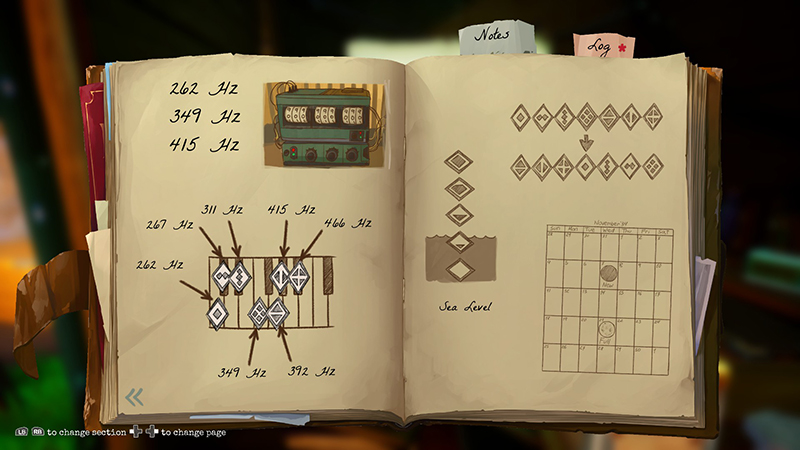
You won’t be alone in grumpily closing the game at that point. The effect is like turning over a high school geometry exam and finding a 30-mark, multi-stage problem that demands you solve the incomprehensible first step to progress. It’s tempting to give up.
To be fair, many of the puzzles in Call of the Sea are made to seem more complicated than they really are. Very often it’s simply a case of turning gears or activating buttons in the right order. It’s just that Norah and the player are following Harry’s trail, and some of his “helpful” notes are anything but – confusing the issue instead.
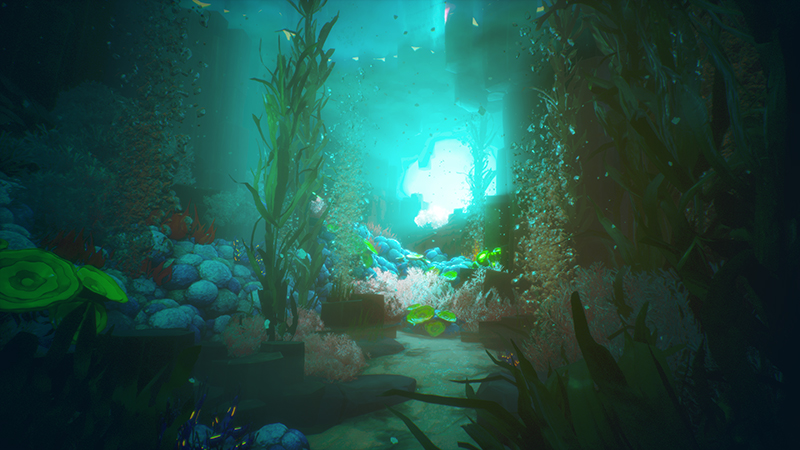
For example, advice like “Open and close the tubes to active the machine” is ambiguous. Do you open and close each tube before pushing the primary button? Do you open all the relevant tubes, then close them before activating? Do you open a tube, press the button, then close the tube, and press the button again? If this hint was removed, chances are the player would more easily reach the right solution, simply by applying real-life logic.
For the record, Norah diligently uses her notebook to record information useful to puzzle solving. It’s an elegant help system that generally saves the player from a lot of running back and forth, or trying to replicate the pictograms of the island’s forgotten inhabitants.
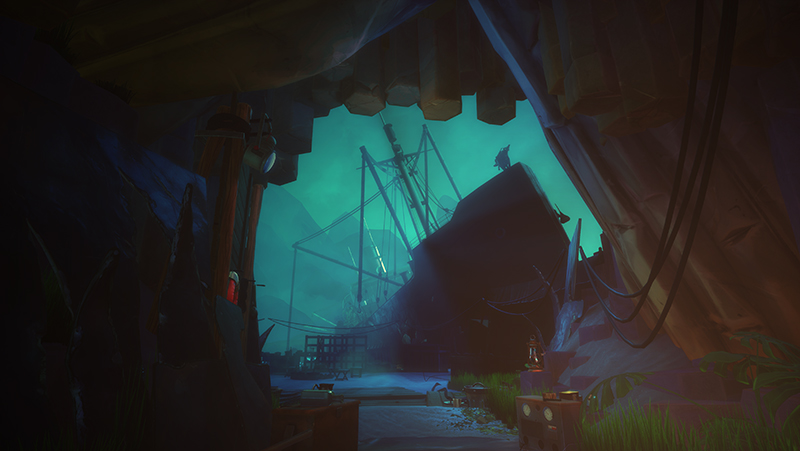
This said, a further level of hint-giving for struggling players would have been welcome, perhaps in the form of voice-over from Norah. As it stands, in Call of the Sea, you, like the game’s heroine, are typically on your own. When confronted with certain, sometimes literally mountainous obstacles, that can make the game feel more overwhelming than fun.
Frustrations aside, Call of the Sea is a game with surprising emotional resonance. Surprising, because the story is relatively straightforward for the most part, with the player frequently uncovering answers before Norah. And surprising because I wasn’t entirely sold on the vocal performance of video game veteran Cissy Jones as Norah, although her stiffness and overt crispness may have had less to do with the actress, and more to do with stilted dialogue that reflects the game’s 1934 setting.
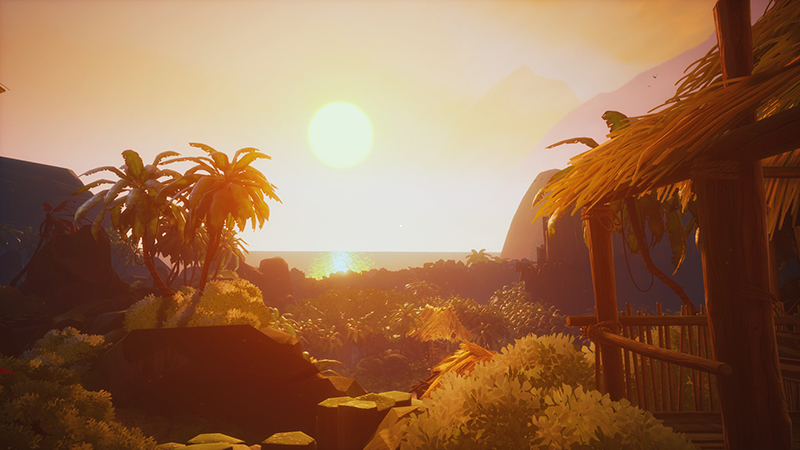
Either way, the emotional effect of Call of the Sea is much like the black ichor in the game: gradual, and powerful. After working your way through so many undisputable solutions, the choice facing you at the end of the game isn’t clean cut. Both options feel right, and you’ll probably second guess yourself over your decision for some time after playing. Like The Haunting of Bly Manor, Call of the Sea demands that people question the nature of true love, and that path to personal realisation – like the experience of playing Call of the Sea – is ultimately tough but rewarding.
Consisting of six chapters, Call of the Sea is probably an 8-to-10-hour game, although with the time spent scratching your head over certain puzzles, you may find yourself having a much longer experience.
Call of the Sea is out now for PC and Xbox, and with Xbox Game Pass.
Last Updated: December 11, 2020
| Call of the Sea | |
|
Releasing early in the new gaming generation, Call of the Sea sets the benchmark for story-driven adventure puzzle games moving forward. It’s an experience full of surprises, from its lush game world that takes advantage of next-gen graphic capabilities, to its emotionally impactful story that puts a fresh spin on the Cthulhu Mythos. It’s also surprisingly challenging; so much so at times that the frustration over its obtuse puzzles damages your sense of immersion, and goodwill towards the game.
|
/10
|
|---|---|
| Call of the Sea was reviewed on PC | |
|
78 /
100
| |




















